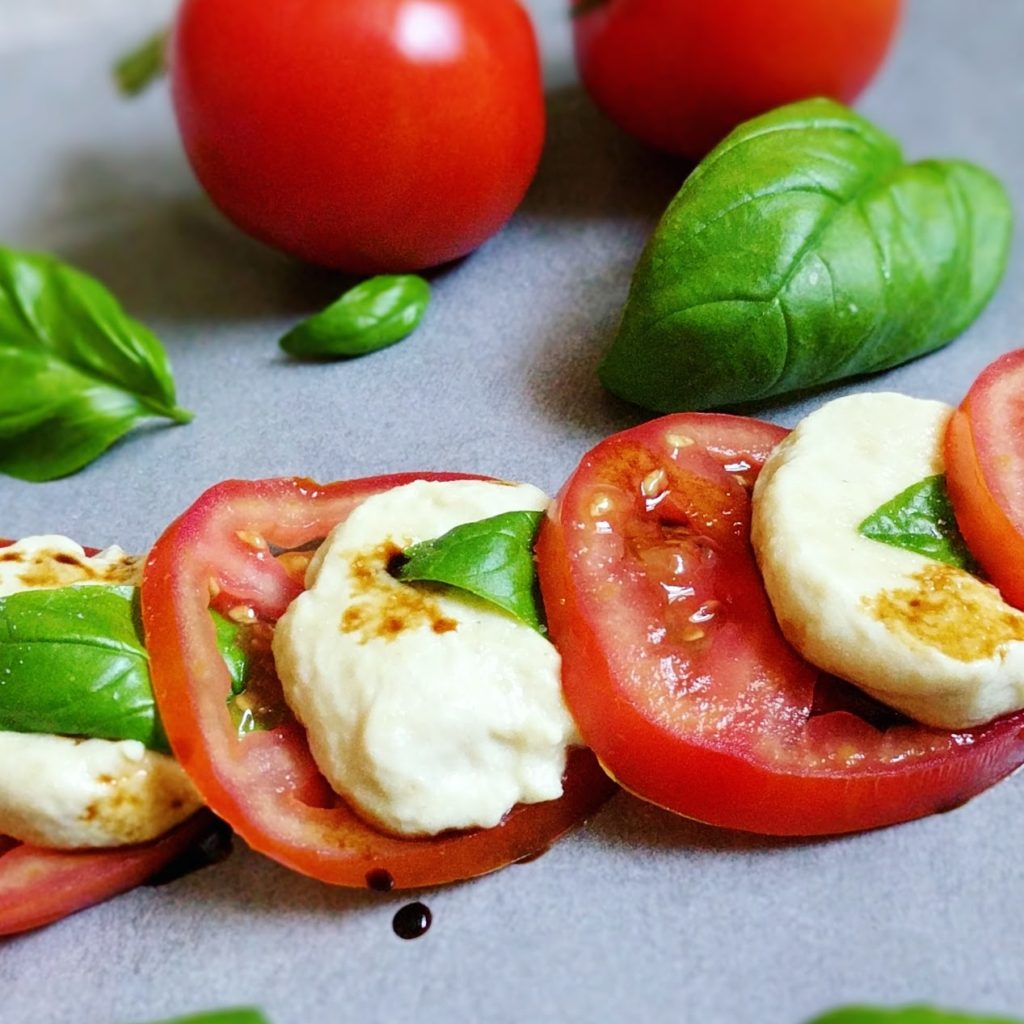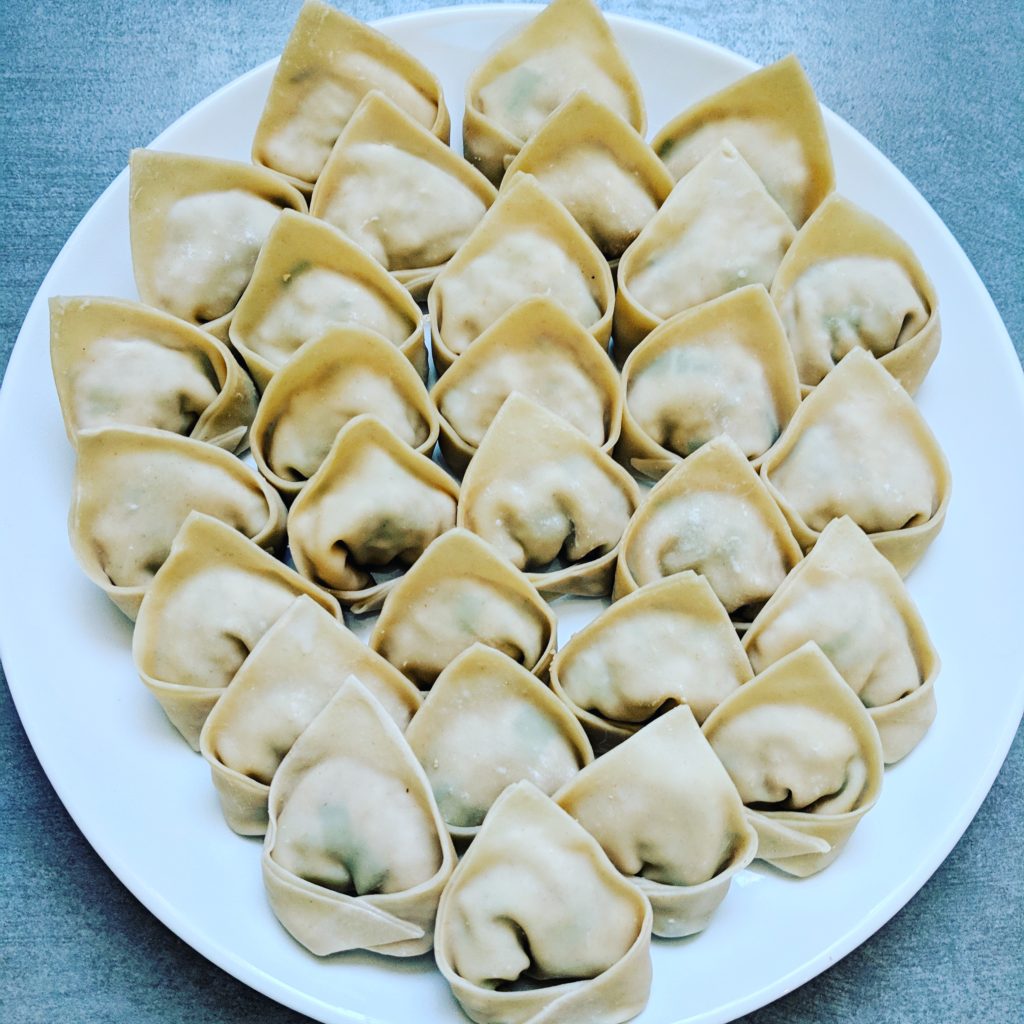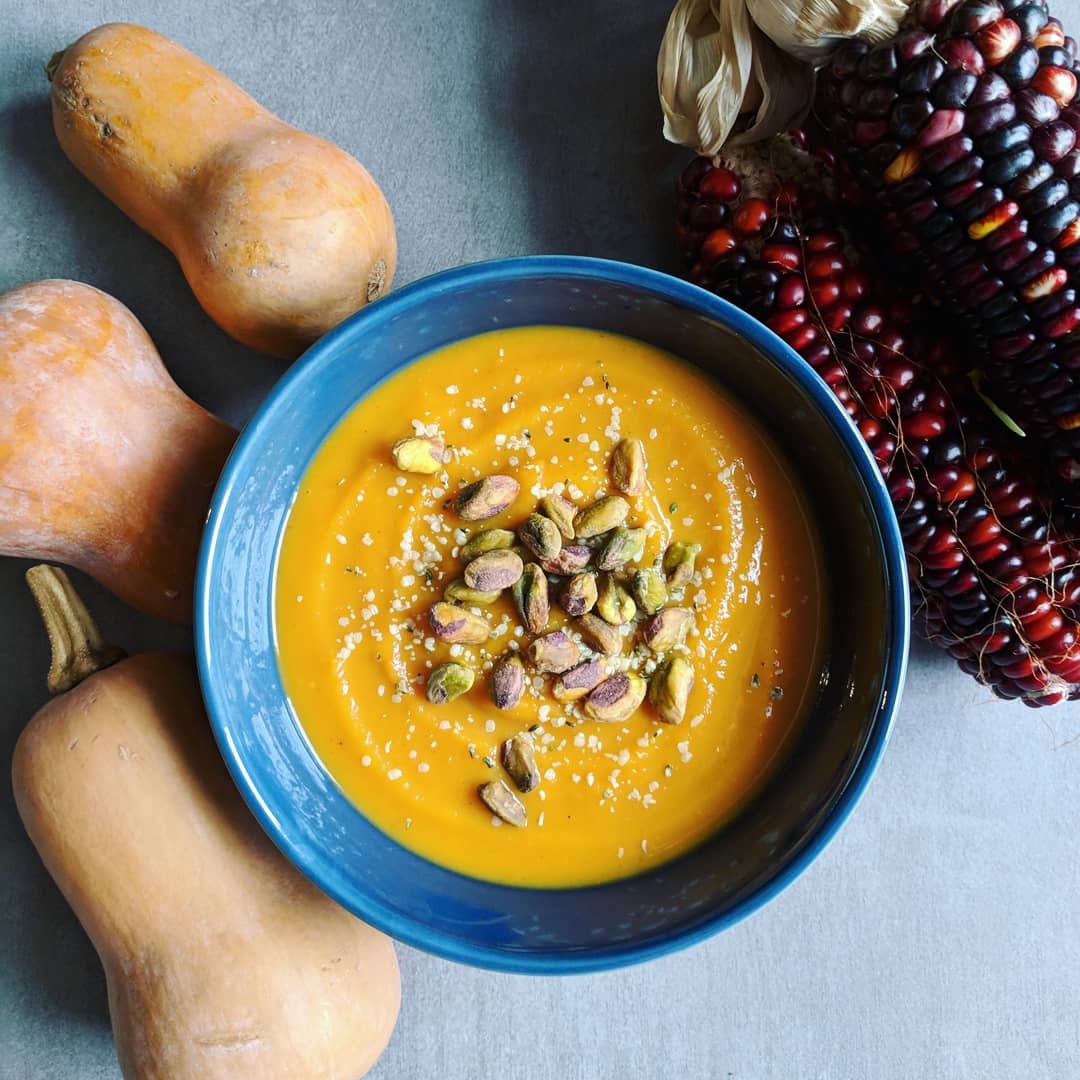Purple, Greens, and Grains Salad
By the way, I have one rule about making a salad as a meal; it must have something warm in it. If everything is cold, it just doesn’t feel like a meal to me. I can’t explain it, but something about a cooked element in a salad makes it more hearty, or satisfying, or something. So for this salad, I like to use piping hot quinoa right off the stove. The good news is that you can get the rest of the dish together in about the time it takes to make the quinoa. Nailed it!
The colors are deep and the antioxidants are rich. I need more of this kind of food in my life!
Take a peek:

I am a huge fan of the idea of “eating the rainbow”. This refers to eating a wide variety of foods of all different colors, textures, shapes, and sizes. Of course, I prefer for these foods to be plant based ones, and honestly there aren’t any green or purple animal based foods for example, but you do you. The idea behind eating a wide variety of different colored foods is to increase your overall intake of nutrients, minerals, and these plant based compounds called phytochemicals. All plant based foods different have kinds of phytochemicals. Phytochemicals have anti-inflammatory and antioxidant effects on human cells (and probably many other effects through different processes that we are still learning about).
So what’s the big deal with these purple/blue foods? In particular purple/blue colored foods have a phytochemical called anthocyanidin, which produces the natural purple/blue color. This particular phytochemical is a polyphenol that can cross the blood brain barrier, so can act as an antioxidant in the brain…cool right? It happens to be unique in its ability to do this, at least as far as we know right now. Antioxidants help to slow the rate of aging of cells, which means that they will function better for longer. In the case of the brain, foods high in anthocyanidins help to preserve memory and decrease rates of dementia. Check out this video to learn more.
I hope this recipe is one that helps you get more of these anthocyanidins in your diet!
Happy eating and best health,
Dr. G
Ingredients
Salad:
- 1 large heart of romaine lettuce, chopped
- 1 and 1/2 cup purple cauliflower florets
- 1/3 cup purple onion, chopped
- 1 cup blueberries
- 1/3 cup walnuts, coarsely chopped
- 1 cup cooked red quinoa, prepare with water only as per package instructions
Dressing:
- 1 Tbsp tahini
- 1 Tbsp Dijon mustard
- 1 and 1/2 Tbsp raspberry preserves/jam (look for a brand that does not add extra sugar)
- 1 Tbsp warm water, more to thin dressing as needed
- 1 tsp red wine vinegar
Instructions
Salad:
- Prepare quinoa while you are getting the other salad ingredients together. You want to add the quinoa to the salad while it is still hot.
- When quinoa is cooked, toss together all ingredients in a large bowl.
Dressing:
- Put all ingredients into a small bowl and whisk until well combined.
- Thin dressing with water to your desired consistency.
- Pour over salad, and toss well.




Leave A Comment